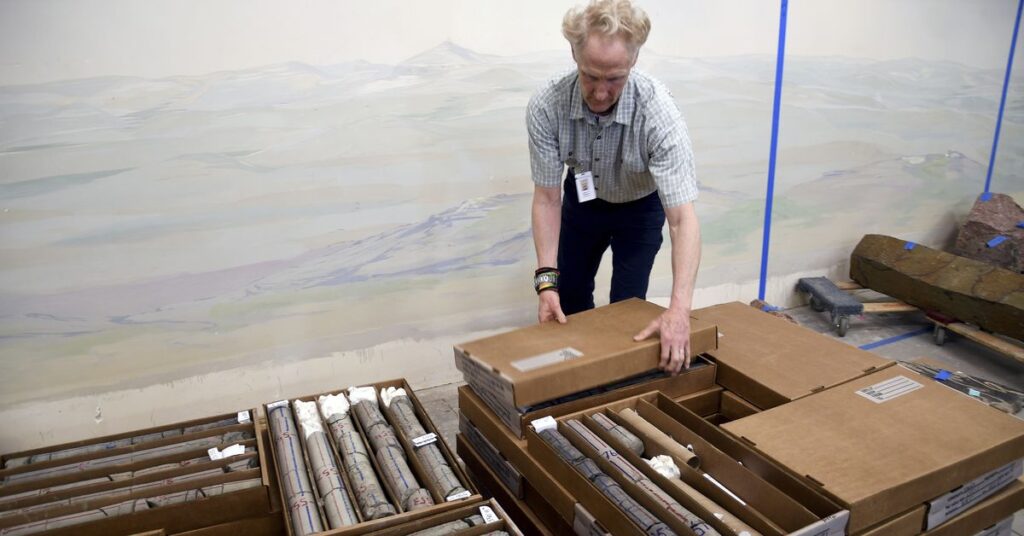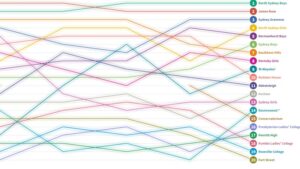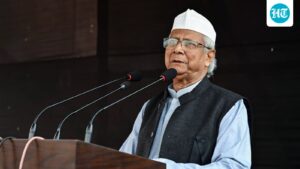
A surprising discovery has been made beneath the parking lot of the Denver Museum of Nature and Science, where a fossil bone was unearthed during a geothermal study. The find, which was made from a bore drilled over 230 meters deep, has astonished museum officials and paleontologists alike.
The Denver Museum of Nature and Science, a popular destination for dinosaur enthusiasts, has long been known for its impressive displays of full-size dinosaur skeletons. However, this latest discovery, although not visually impressive, is remarkable for its rarity.
According to James Hagadorn, the museum’s curator of geology,
“Finding a dinosaur bone in a core is like hitting a hole in one from the moon. It’s like winning the Willy Wonka factory. It’s incredible, it’s super rare.”
The odds of encountering a dinosaur fossil in such a narrow bore, only five centimeters wide, are exceptionally slim.
Historical Context and Scientific Implications
The fossil, believed to be a vertebra from a small plant-eating dinosaur, dates back to the late Cretaceous period, approximately 67.5 million years ago. This era is significant as it predates the asteroid impact that led to the extinction of dinosaurs around 66 million years ago.
Patrick O’Connor, curator of vertebrate paleontology at the museum, noted that the fossilized bone was found alongside ancient vegetation, suggesting the dinosaur lived in a swampy, lush environment.
“This animal was living in what was probably a swampy environment that would have been heavily vegetated at the time,”
O’Connor explained.
Expert Opinions and Reactions
The discovery has garnered mixed reactions from experts in the field. While some see it as a significant find, others are more reserved in their excitement. Thomas Williamson, curator of paleontology at the New Mexico Museum of Natural History & Science, commented,
“It’s a surprise, I guess. Scientifically it’s not that exciting.”
He also noted the difficulty in identifying the exact species of the dinosaur from the fossil.
Conversely, Erin LaCount, director of education programs at the Dinosaur Ridge track site, expressed enthusiasm, stating via email,
“The find is absolutely legit and VERY COOL!”
She suggested that the fossil’s shape indicates it might belong to a duck-billed dinosaur or thescelosaurus, a smaller but similar species.
The Future of Fossil Exploration at the Museum
Despite the excitement surrounding the discovery, museum officials have no plans to conduct further excavations under the parking lot. Hagadorn humorously remarked,
“I would love to dig a 233-metre hole in the parking lot to excavate that dinosaur, the rest of it. But I don’t think that’s going to fly because we really need parking.”
This discovery not only adds to the museum’s rich history of dinosaur finds, including portions of Tyrannosaurus rex and triceratops-type fossils, but it also highlights the unexpected places where history can be unearthed. As the bore-hole fossil is now on display at the museum, it serves as a reminder of the surprises that lie beneath our feet, waiting to be discovered.







